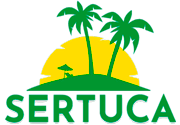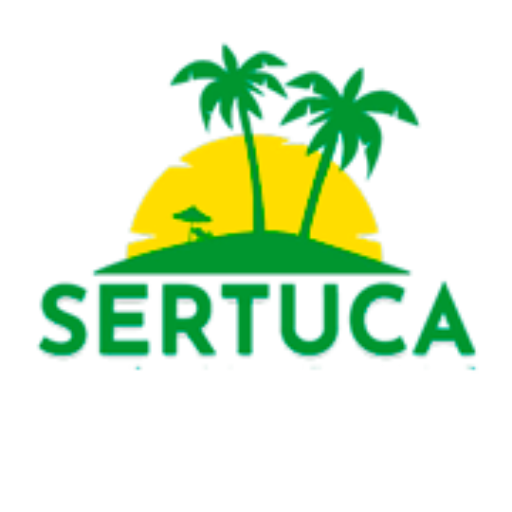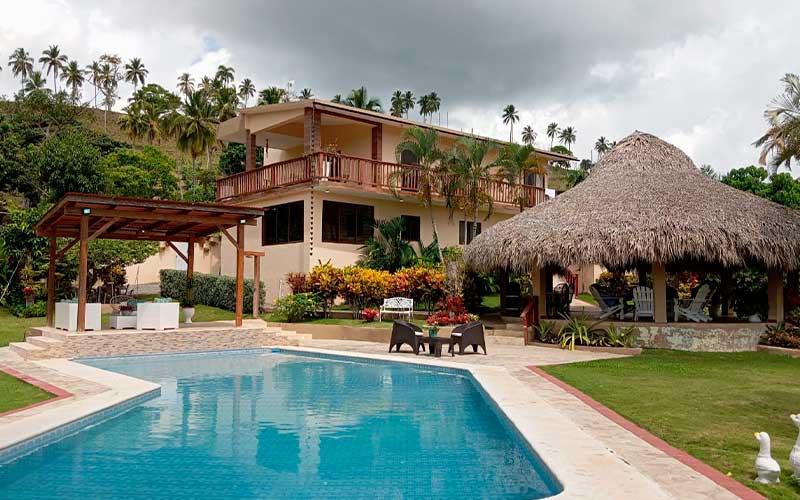FAQ
Preguntas frecuentes
Do you have doubts?
The Dominican Republic is generally safe for tourists, especially in tourist areas like Punta Cana, Santo Domingo, and Puerto Plata. However, as in any other destination, it’s important to take basic precautions, such as avoiding the display of valuables and staying informed about the local situation. Major cities typically have a significant police presence to protect tourists. Safe travel in the Dominican Republic is possible by following these recommendations.
Among the best places to visit in the Dominican Republic are the stunning beaches of Punta Cana, Bávaro, and Playa Rincón. It ‘s also essential to explore the Historic District of Santo Domingo, Los Haitises National Park, and the picturesque Altos de Chavón. Each of these destinations offers a unique and authentic experience that captures the essence of the island.
The best time to visit the Dominican Republic is during the dry season, from December to April, when the weather is more pleasant, and there is less rainfall. This is also the peak season, with more events and activities available. If you prefer to avoid crowds and higher prices, the low season (from May to November) is ideal, but it’s important to note that this is also the hurricane season.
The visa for the Dominican Republic depends on the nationality of the traveler. Citizens of many countries can enter the country without a visa and only need a tourist card obtained upon arrival. It is advisable to check visa requirements with Dominican authorities or the embassy before planning your trip.
The official currency of the Dominican Republic is the Dominican peso (DOP). However, in tourist areas and many establishments, U.S. dollars are widely accepted. It’s convenient to carry both Dominican pesos and dollars to cover any eventuality and to get better exchange rates.
It is not recommended to drink tap water in the Dominican Republic. Most tourists opt for bottled water to avoid health issues. Hotels and restaurants commonly offer purified or bottled water, ensuring the safety of visitors.
The official language of the Dominican Republic is Spanish. However, in tourist areas and major destinations, it’s common to find people who speak English, especially in hotels, restaurants, and tourist attractions. While it’s useful to know some Spanish phrases, you won’t have trouble communicating in English in tourist areas.
There are no mandatory vaccinations required to enter the Dominican Republic. However, it’s recommended to be up-to-date with vaccinations like typhoid, hepatitis A and B, and tetanus. It’s advisable to consult a doctor or travel clinic before departure.
The Dominican Republic offers a wide variety of activities and excursions. You can enjoy hiking in the Central Mountain Range, diving in the crystal-clear waters of Bayahíbe, catamaran tours to Saona and Catalina, and visiting national parks like Los Haitises. Each activity allows you to explore Dominican nature and culture in a unique way.
Dominican cuisine is rich and varied, with traditional dishes like mangú (mashed plantains), sancocho (meat stew), and moro de habichuelas (rice with beans). Don’t miss trying mofongo, empanadas, and pastelón. These dishes can be enjoyed in local restaurants or traditional markets, where you can experience authentic Dominican food.
any questions you have contact us
- Sertuca - Downtown Punta Cana, Edificio Inica, Av. Barceló, Punta Cana 23500
- sertucapuntacana@gmail.com
- +1 (829) 563-7768
Can we help you?
Transfer Vehicle no 1
Travel in comfort and style! Book your private transfer now and enjoy Punta Cana hassle-free.
- Door to door transfer
- Capacity from 1 to 6 people
- Child safety seats if you have them
- Punctuality/Safety
From USD $50

SCAN ME
Villa Excalibur M. View Anamuya
Experience luxury in this Dominican Republic apartment within a private villa, with modern amenities and moments from stunning beaches.
- 5 Bedroom
- Includes wifi
- Includes TV
- Air conditioning
- Kitchen
- Pool
- Big yard
- Much more
From USD $150 per night




















